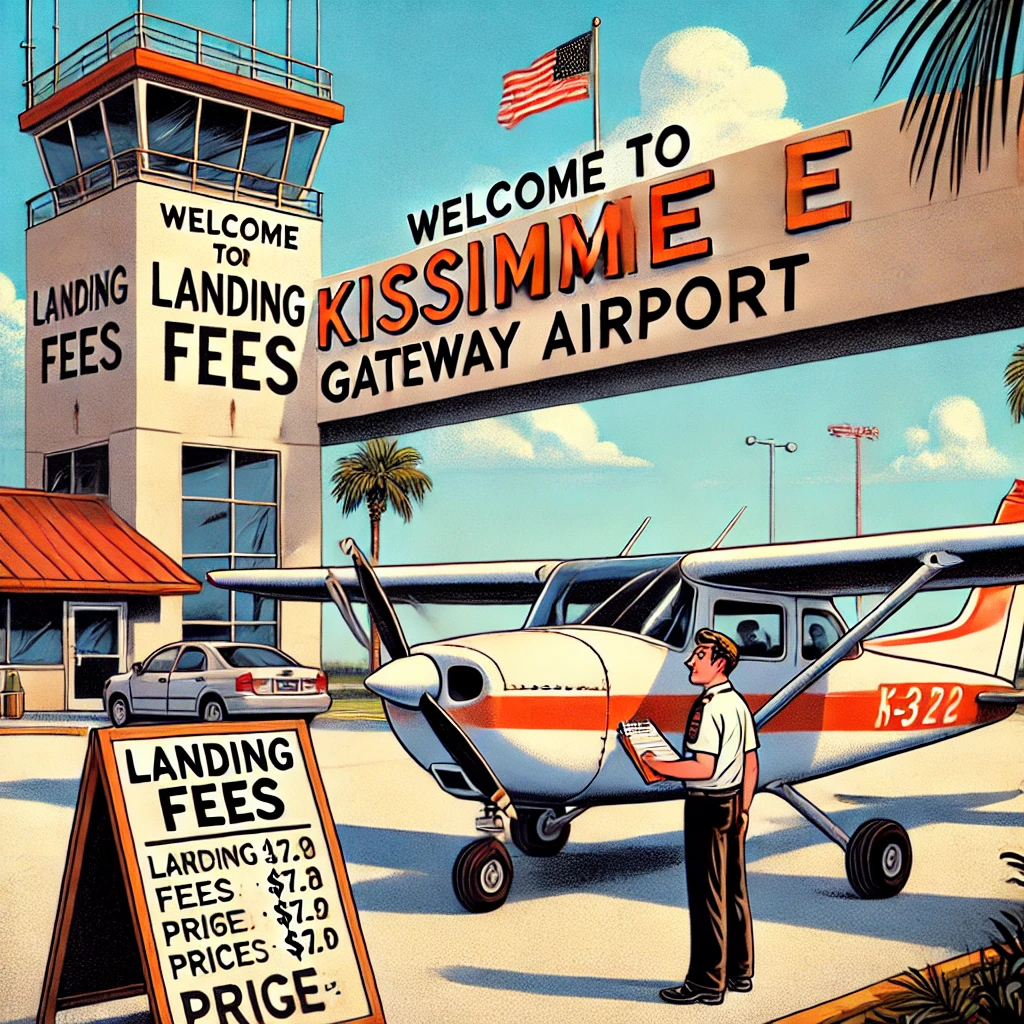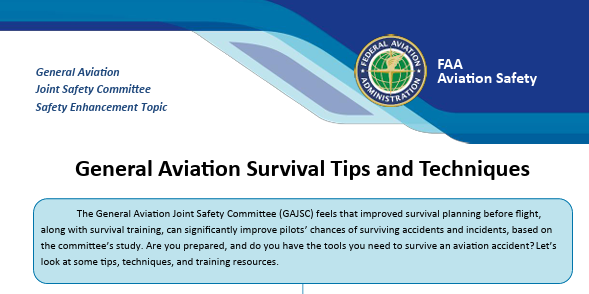Safeguarding Pilot Quality and Airman
Development through Robust
FAA Testing and Oversight Systems
Executive Summary
By Jason Blair
April 21, 2025
Civilian airmen development and training has historically gone beyond simply issuing certification for individuals who have completed training. The U.S. system of training has relied upon testing airmen at multiple points as they progress through training to validate that they are developing the base, and then advanced, skills, knowledge, and risk management abilities to make the competent airmen for eventual service in professional pilot careers. Our system, other than military pilot selection, has had little or no pre-screening to assess probability of success, safety attitude, or technical aptitude for these individuals prior to starting training processes. This makes the testing process critical to the evaluation and progression of our airmen. Testing is an important part of making sure the training completed meets and/or exceeds the minimum standards and produces pilots who will safely operate in our national airspace system and provide commercial pilot service to the general public for passenger and cargo transport.
Under Federal Aviation Administration (FAA) regulation Part 61, minimum knowledge and performance standards are defined for pilot ratings, including training and minimum experience requirements. FAA regulation Part 141 provides a slightly different set of requirements, including a reduced experience requirements under FAA approved training course outlines. Military pilot trainees are tested and graded on everything, every day. A single failure may result in the pilot candidate “washing out” of the entire training program. This results in very high-quality pilot graduates. Neither FAA Part 61 or Part 141 have equivalent “washout” criteria or regulations. A civilian student pilot may fail and retest multiple times; finally with a passing grade. Civilian flight schools thus “train to pass the test” and “test until the applicant eventually passes the test.”
The FAA is an integral part of maintaining the quality of civilian pilot training. This role is currently in jeopardy and faltering as economic pressures drive increasing civilian pilot training to simply fill pilot shortages instead of focusing on development of highly qualified pilots for commercial aviation.
Critical issues include:
-
- A gap exists between certificate test readiness and true airman competency.
-
- Focus on “teaching to the test” has produced pilots who excel at scripted maneuvers but falter when faced with unexpected real-life scenarios;
-
- Aggressive recruitment from the existing CFI pool for airline hiring has reduced CFI tenure from an average of 24-36 months to 12-15 months. Less experienced CFIs teaching student pilots is lowering the overall quality of pilot training;
-
- FAA resource constraints pose a challenge. FAA Air Safety Inspector (ASI) staffing and compensation levels have not kept pace with aviation growth.
As a seasoned professional in the ab initio pilot training pathway, I posit that:
-
- The FAA must maintain and enhance the existing independent Designated Pilot Examiner (DPE) testing system. Applicants for airman certification and/or ratings must be independently tested to ensure training providers maintain training quality;
-
- Airmen certification must not be allowed to be completed in a manner where “the fox is watching the henhouse,” where the training providers are the judge of their own training quality;
- Airmen certification must not be allowed to be completed in a manner where “the fox is watching the henhouse,” where the training providers are the judge of their own training quality;
-
- The FAA must prioritize external oversight and impartial evaluation over reliance on self-interested training providers “certifying” their students to push certification numbers through. This must be done to safeguard pilot quality and maintain public trust and safety.
To do this it is critical that:
-
- The FAA must be authorized and funded to recruit highly qualified and industry-competitive staff at industry-competitive compensation rates to provide oversight, guidance, and support to the training and testing system;
-
- The FAA must implement the recommendations from the Designated Pilot Examiner Reforms Working Group (DPERWG)to improve the standardization of testing provision through the FAA DPE program and to improve the efficiency of training provision in our system;
-
- A refocus on airmen quality over production of more pilots must be made to ensure our next generation of pilots will continue to maintain and improve on the current levels of air safety.
These key points are discussed in significant detail in the following whitepaper. A valid and current discussion is needed in this industry right now to avoid having these points degrade the continued advancement of safety, or worse, increase the degradation of in the U.S. national airspace system.
Click here to see and download a
PDF of the entire paper
or


